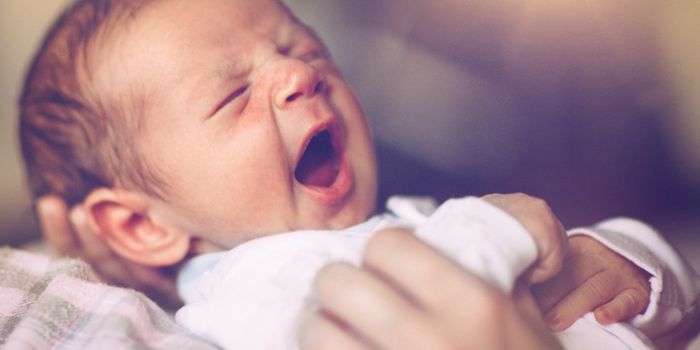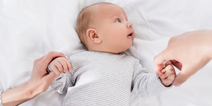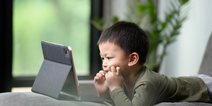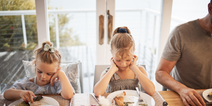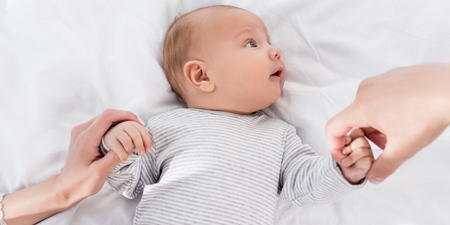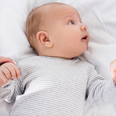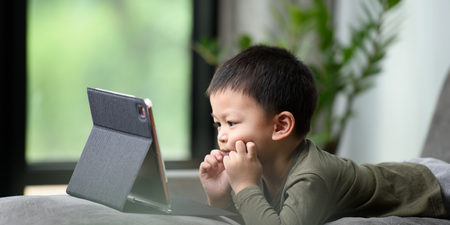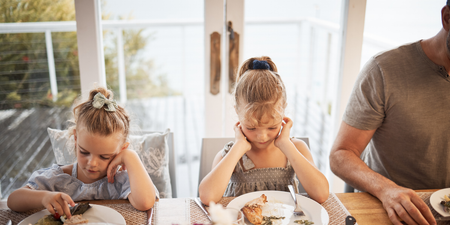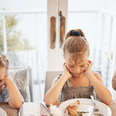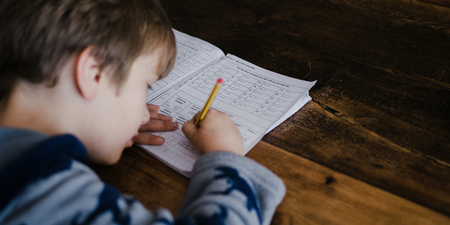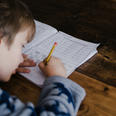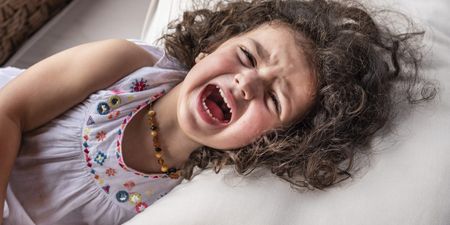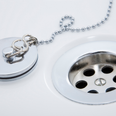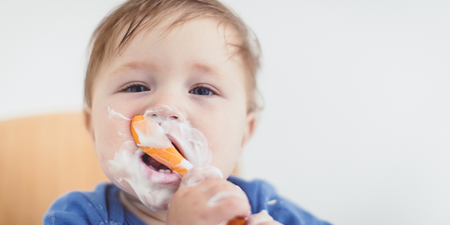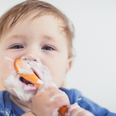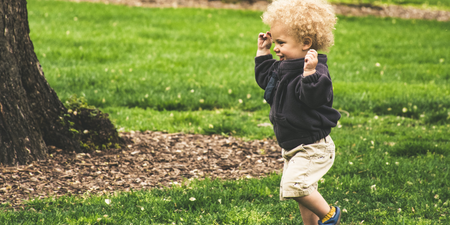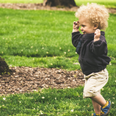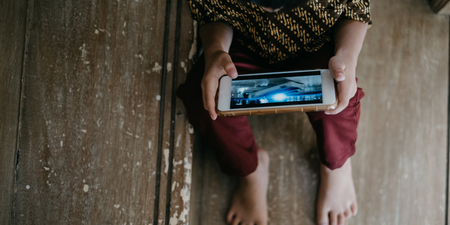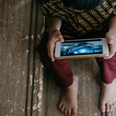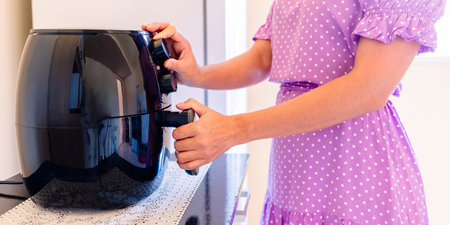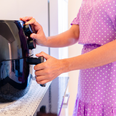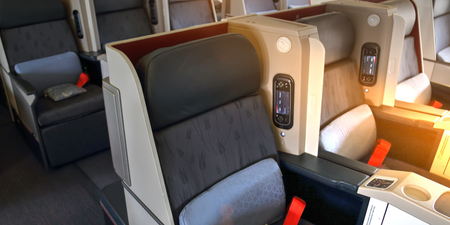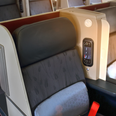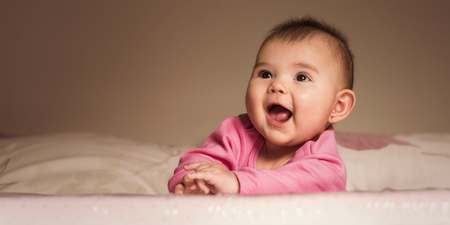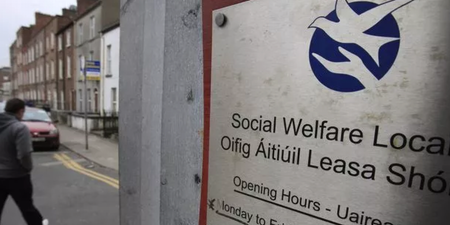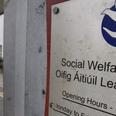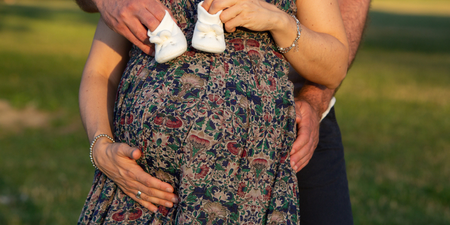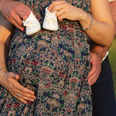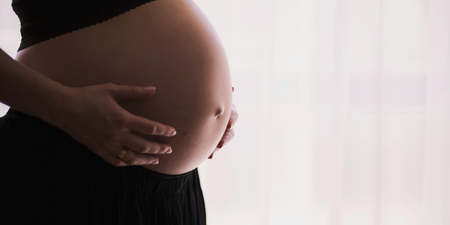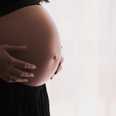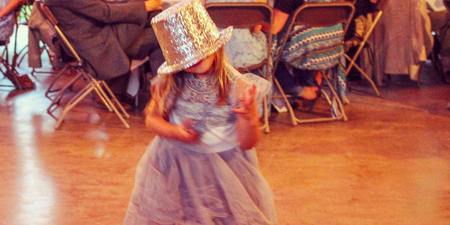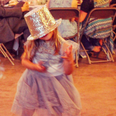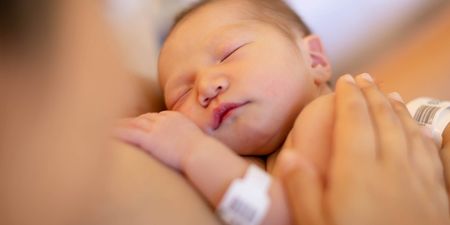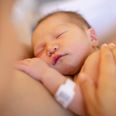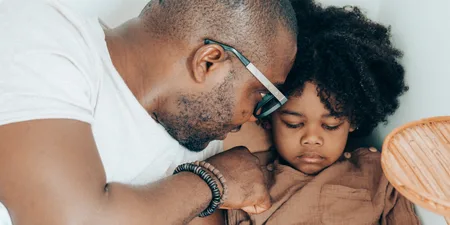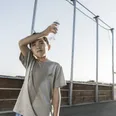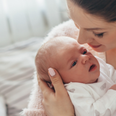In order to prevent families from having to live through a baby dying from SIDS, much effort and research is being put into trying to understand why and how this can happen.
We know now, thanks to the research, that babies are safer sleeping on their backs than on their fronts, and that loose bedding in an infant’s cot needs to be avoided. As well as this, many studies have pointed to an increased risk if baby is left sleeping in a room by itself, and not sharing a room with their parents for the first year of their lives.
But now, in another study published recently in Paediatrics, researchers reveal that the most dangerous place for your baby to sleep is, in fact, the sofa.
According to the statistics, of over 9,000 sleep-related infant deaths between 2004 and 2012, nearly 13 percent occurred on a sofa—most in babies under three months old.
The study authors found several risk factors for the infants who died: They were more likely to be sleeping with another person on the sofa and also more likely to be placed face-down or on their side (the safest sleep position for babies is on their back).
It is important to point out that the researchers stressed that even for napping, the sofa is a dangerous place for babies to sleep.
Here are American Academy of Pediatrics safe sleep guidelines, developed to help keep your baby safe and reduce the risk of sudden infant death syndrome (SIDS):
- Always place your baby to sleep on his back for naps and at nighttime. (If your baby is old enough to roll over, don’t worry if he rolls to his stomach while sleeping.)
- Infants should sleep on a firm, flat surface in a crib or bassinet that meets current safety standards. Never put your baby to sleep on a sofa or waterbed.
- Keep all soft objects, including toys, pillows, bumpers and blankets out of the crib.
- The safest place for your baby to sleep is in a crib or bassinet that’s in the same room as you are.
Other ways to reduce your baby’s risk of SIDS include: breastfeeding as long as possible, offer a dummy during naps and bedtime, staying up-to-date on childhood vaccinations, keeping the baby’s room at a comfortable temperature (so she doesn’t overheat) and never smoking around your baby or exposing her to second-hand smoke.
